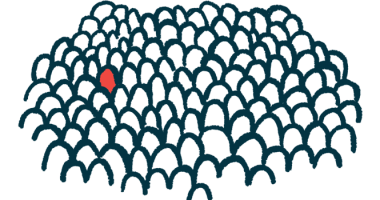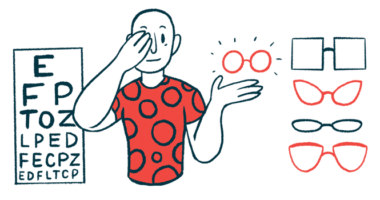Hereditary iron accumulation tied to PCT in middle-aged woman
Case report reinforces association between PCT, hereditary haemochromatosis

A middle-aged woman with signs of porphyria cutanea tarda (PCT), the most common form of porphyria, was diagnosed with hereditary hemochromatosis, a disorder associated with PCT and marked by iron overload.
The case report “illustrates the challenge in diagnosing PCT but also aims to highlight the association between PCT and hereditary haemochromatosis,” said the researchers, who described the woman’s case in “Porphyria cutanea tarda: an under-recognised manifestation of haemochromatosis,” which was published in BMJ Case Reports.
PCT is marked by blisters and lesions appearing on sun-exposed skin areas. It’s caused by the reduced activity of an enzyme called uroporphyrinogen decarboxylase (UROD) in the liver. Low UROD can be inherited, but environmental factors often trigger it.
With PCT, there’s an increased prevalence of mutations in the HFE gene, which can lead to hereditary hemochromatosis, where iron builds up to excessive levels, especially in the liver.
Hemochromatosis and PCT
Scientists in the U.K. and California described the case of a woman in her 40s with signs of PCT that were found to be triggered by underlying hemochromatosis.
She presented with a two-month history of malaise and photosensitive skin rashes on her hands and feet. She also had pain in several joints, including the knees, ankles, and shoulders.
Because she used latex gloves at work, she was presumed to have developed contact dermatitis — an itchy skin rash caused by contact with a substance that triggers an allergic reaction — and was treated with a two-week course of topical and oral steroids.
Her rash worsened, however, and she developed a new rash on her hands. Consuming alcohol worsened her symptoms, she said. A skin biopsy and antibody tests failed to identify her condition, but blood tests showed several liver enzymes were elevated, suggesting liver damage.
She was tested for porphyria due to the photosensitive nature of her skin rash and it showed high levels of urinary porphyrins, particularly uroporphyrin. Genetic screening revealed a HFE gene mutation associated with type 1 hemochromatosis.
Based on a diagnosis of PCT on the background of type 1 hemochromatosis, she was advised by a porphyria specialist to undergo monthly therapeutic bloodletting (phlebotomy) sessions to remove excess iron. She was also told to reduce her alcohol intake and use sunblock daily to prevent skin rashes.
Liver and iron-related blood tests returned to normal within six months with regular treatment and less sun exposure and alcohol consumption. Her skin rash also improved after two phlebotomy sessions over the same time.
The woman called her diagnosis part of a long and challenging journey. “I hope that I will be able to share my experience with healthcare professionals to raise awareness of porphyria and remind them of the possibility of such a diagnosis, should they come across a similar skin presentation in the future,” she said.
“Patients presenting with photosensitive skin rash should have a prompt search for the underlying cause as opposed to exclusively symptomatic treatment,” the researchers wrote, noting, because there’s a link between PCT and heredity hemochromatosis, “a high index of suspicion is paramount to the timely diagnosis and treatment.”







